Stop holding investors hostage with jargon. Start making sense.
There’s a moment in every founder’s life when they look at their pitch deck and think: “Yes, this will convince people I’m building the future.” Unfortunately, for many Web3 projects, what they’ve actually built is a hostage situation—complete with bullet-point threats, incomprehensible demands, and charts that look like a toddler attacked Excel with a crayon.
Tokenomics decks, in particular, are the worst offenders. You know the type: fifteen slides of “flywheel synergies,” fifteen more of total addressable markets measured in quadrillions, and not a single sentence that explains why anyone would want to use the product. Investors don’t feel enlightened; they feel like they should call the FBI.
The Problem: Jargon as Camouflage
Founders often stuff decks with jargon because they’re terrified of sounding too simple. The irony is, the more convoluted your language, the more you signal you don’t understand your own product. “Decentralized multi-chain liquidity incentive layer” doesn’t mean anything to anyone, including you. If you can’t explain your system without hiding behind twelve acronyms, the system isn’t ready—or you aren’t.
The Missing Piece: Human Logic
Tokenomics is supposed to answer one very basic question: how does this system create and capture value for real humans? Not robots, not imaginary whales, not your roommate’s Discord server. Real people. The second you skip that question and leap straight to “number go up,” you’ve lost the plot.
The Fix: Build for Credibility
Here’s how to detox your ransom note deck:
- Start with use, not tokens. Explain the problem you solve in plain English, then layer in why your token makes that solution possible—or better.
- Show value creation before value extraction. If the only thing your system does is funnel money into a treasury, congrats, you’ve invented a Ponzi.
- Cut the bingo card. Ban phrases like “frictionless onboarding,” “decentralized synergy,” and “multi-chain composability.” If your deck reads like the lyrics to a bad techno song, rewrite it.
- Visualize flows, not vibes. Replace confusing spiderweb diagrams with simple flows: user → action → benefit → value.
The Takeaway
A good tokenomics deck doesn’t need to scream, threaten, or obfuscate. It should whisper one thing clearly: this makes sense, and here’s why it will matter to you. If you can’t do that, maybe it’s not the deck that needs a rewrite. Maybe it’s the product.
Because no one wants to invest in a ransom note. Not even the FBI.
Crypto Therapy is just getting started.Hit subscribe for more spicy truth bombs and founder-focused fixes—minus the jargon, plus the jazz hands.
.png)
.png)
